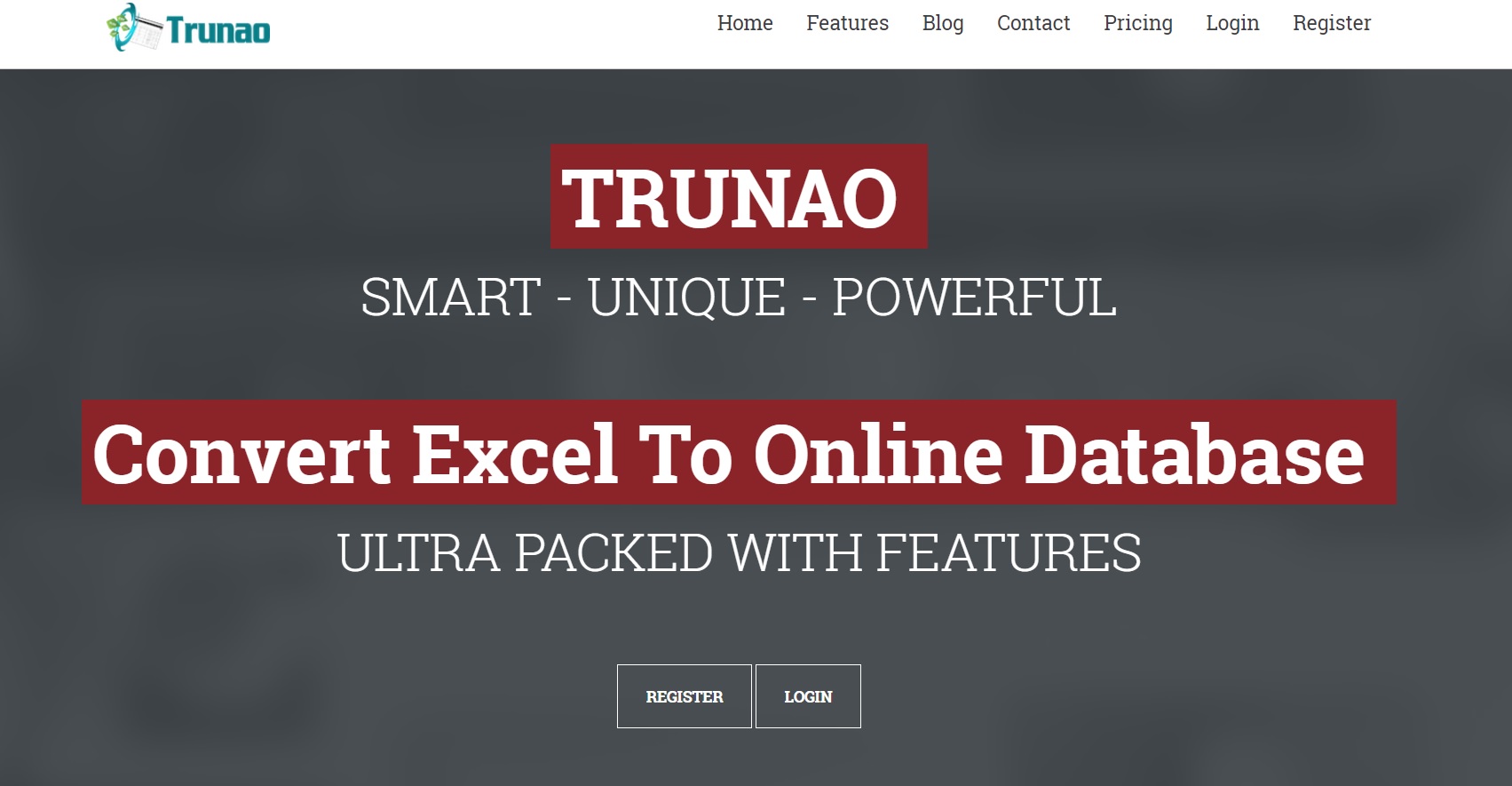Introduction to Excel Sharing Online
Sharing Excel files online is revolutionizing business operations. It allows team members to work on the same file from anywhere, making collaboration seamless. Imagine updating a sales report and having your colleague in another city see the changes instantly. This level of teamwork speeds up decision-making and helps keep everyone on the same page. There are various tools available, from Excel’s own sharing features to third-party platforms that add extra functionalities. This means more flexibility in how you collaborate and manage projects. The best part? You don’t need to be a tech wizard to use these tools. They’re designed to be user-friendly, ensuring that anyone can jump in and start sharing their work without a steep learning curve. So, whether your team is in the same office or spread across the globe, online Excel sharing tools can significantly boost your productivity and streamline your operations.
The Importance of Real-Time Data Collaboration in Businesses
In today’s fast-paced business environment, having access to real-time data isn’t just nice to have; it’s critical. Real-time data collaboration enables teams to make informed decisions swiftly, which can significantly impact efficiency and outcomes. Imagine you’re working on a product launch, and sales figures are coming in by the minute. If your team can see and analyze this data immediately, you can make adjustments on the fly to improve results. This agility is what sets successful businesses apart. Moreover, real-time collaboration on platforms like online Excel sharing tools bridges the gap between team members, whether they’re in the same office or continents apart. It fosters a sense of unity and ensures everyone is on the same page, reducing errors and misunderstandings. In essence, embracing real-time data collaboration through online tools is no longer a luxury but a necessity for businesses aiming to thrive in today’s competitive landscape.
Key Features of Online Excel Sharing Tools
Online Excel sharing tools are game-changers when it comes to business operations. They let teams work together seamlessly, no matter where they are. Here’s what makes them stand out. Real-time collaboration is a big deal. You and your team can work on the same document at the same time. No more waiting for someone to finish before you can start your part. Changes show up instantly for everyone. Then there’s access control. This means you can decide who gets to see or edit your spreadsheets. It keeps your data safe and ensures only the right eyes see sensitive info. Automated version history is another lifesaver. Ever made a mistake and wished you could go back? With these tools, you can. They save previous versions automatically, so you can undo errors in a snap. Lastly, integration with other apps boosts productivity. Imagine automatically pulling data from your sales app into your spreadsheet. It streamlines processes and cuts down on manual work. In short, these features of online Excel sharing tools make teamwork smooth and keep projects moving fast, no matter where your team is located.
How Excel Sharing Online Enhances Communication Across Teams
Online Excel sharing tools have changed the game when it comes to team communication. Before, trying to keep everyone on the same page meant sending countless emails with attachments, leading to confusion and outdated files floating around. Now, with Excel sharing online, everyone updates and accesses the same document in real-time. This means no more guessing if you’re looking at the latest version or scrambling to merge changes from different team members. It’s all about collaboration without the clutter. Plus, it’s not just about viewing. Team members can comment, make edits, or highlight issues directly in the document. This straightforward approach cuts down on miscommunication and speeds up project progress. In short, if your team isn’t already using online Excel sharing tools, you’re missing out on a smoother, more connected way to work.
Streamlining Workflow and Project Management with Excel Sharing
Excel sharing tools are a game-changer for businesses. They make managing projects simpler and streamline workflows, so your team can work smarter, not harder. Imagine everyone on your team can see, edit, and update the same Excel document in real-time. No more sending back and forth files or worrying if you’ve got the latest version. This means decisions are made faster, tasks are completed more efficiently, and everyone is always on the same page – quite literally. Plus, errors are reduced since everyone’s working from the same information and changes are tracked clearly. Whether you’re managing a budget, scheduling, or tracking project progress, Excel sharing brings everyone together, making collaboration seamless. It’s not just about saving time; it’s about boosting your team’s productivity and, ultimately, enhancing your business operations.
Security Aspects of Sharing Excel Files Online
When it comes to sharing Excel files online, security is not something you should take lightly. The good thing is, most online Excel sharing tools have stepped up their game. They use things like encryption, which is like putting your data in a secure box that only people with the key (or password) can open. This keeps your spreadsheets safe from prying eyes. Then there’s two-factor authentication (2FA), which adds an extra layer of security. It’s like having a double lock on your data’s door. Even if someone guesses your password, they won’t get in without the second key, which is usually a code sent to your phone. Always remember, though, even with these security features, it’s crucial to use strong, unique passwords and be mindful of who you’re sharing your files with. Just a bit of caution and using the right online tools can significantly reduce the risk of your data falling into the wrong hands.
Integrating Excel Sharing Tools with Other Business Applications
When you integrate Excel sharing tools with other business applications, you make a move that can seriously power up your business game. Imagine linking your spreadsheets directly to your data management system or CRM. This means your data flows seamlessly from one platform to another, eliminating the need to double-enter information. What does this mean for you? You save time—a lot of it. Plus, your data accuracy shoots up because the chance of human error drops. Think about automatically updating your sales figures across all platforms, or instantly sharing financial forecasts company-wide. Yes, it simplifies communication, but more importantly, it leads to making better, faster decisions. The bottom line? Integrating Excel sharing tools is not just about making life easier (which it does); it’s about giving your business operations a boost in efficiency, reliability, and speed.
Case Studies: Success Stories of Excel Sharing in Businesses
Businesses today are swimming in data, and making sense of it all is crucial for success. Excel, the trusty spreadsheet software, has long been a go-to tool. Yet, the game-changer for many has been the shift to online Excel sharing tools. Let’s dive into some success stories that highlight this shift’s impact. A small retail chain, for instance, transformed its inventory management system. Previously, store managers would send daily sales and inventory reports via email, leading to delays and sometimes data loss. With online Excel sharing, they could update their data in real-time, allowing the central office to track inventory instantly and make swift restocking decisions. Another example is a marketing agency that coordinated projects across different time zones. They moved their content calendars and campaign tracking to an online platform. This meant that updates from one team were instantly visible to all others, cutting down miscommunication and project delays significantly. Efficiency soared, and so did client satisfaction. A final case study comes from the finance sector. A medium-sized finance firm used to handle client portfolios through individually managed Excel files. By switching to a shared online platform, portfolio managers could access and update client information simultaneously, enhancing both strategy development and client communication. These examples illustrate a clear trend: online Excel sharing not only streamlines operations but also fosters collaboration, enabling businesses to act faster and smarter in a data-driven world.
Overcoming Common Challenges in Implementing Excel Sharing Online
Getting everyone on the same page when sharing Excel files can be tricky. Yet, with a bit of know-how, you can tackle these challenges head-on. First off, slow internet can make accessing shared Excel files a pain. Opt for tools that allow offline work synced later. This way, work doesn’t stop when the internet’s down. Next, the worry of data loss or mix-up. Choose sharing platforms with top-notch security and version control. This ensures only the right eyes see your data and previous versions are saved. Confused about who did what? Pick a tool that tracks changes by user. This keeps everyone accountable and clarifies any confusion. Lastly, compatibility issues can throw a wrench in the works. Make sure the tool you choose works seamlessly across all devices your team uses. Embrace these strategies and watch online Excel sharing transform your business operations.
Conclusion: The Future of Business Operations with Online Excel Sharing
Online Excel sharing is not just a trend; it’s the future. With its ability to streamline workflow, enhance collaboration, and provide real-time updates, it’s turning how we handle data on its head. Gone are the days of endless back-and-forth emails with attached spreadsheet updates. Now, teams can work together on the same document, no matter where they are in the world. This isn’t just about efficiency; it’s about unlocking a level of agility and innovation in business operations that was previously unattainable. As we move forward, integrating online Excel sharing tools isn’t just recommended, it’s becoming critical. The businesses that adapt and embrace these tools will find themselves leaps and bounds ahead of those that don’t. So, the question isn’t if you should start incorporating these tools into your operations, but how quickly you can do it.









